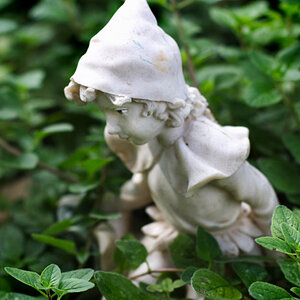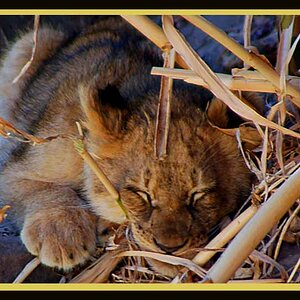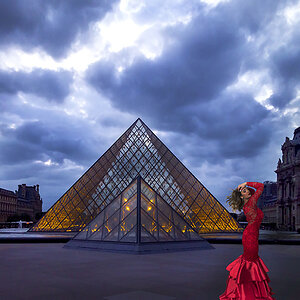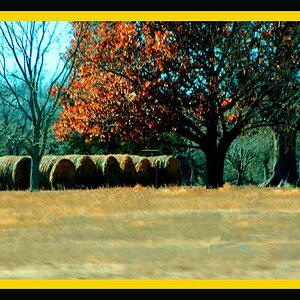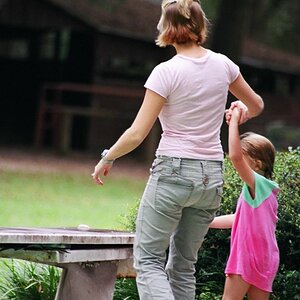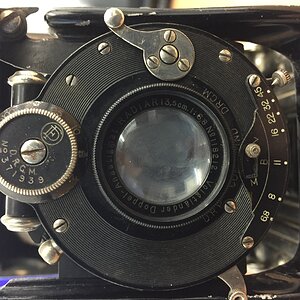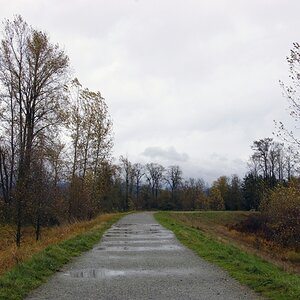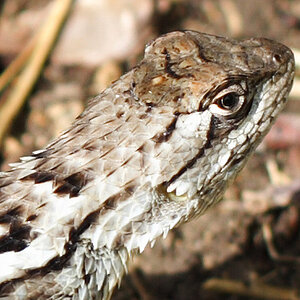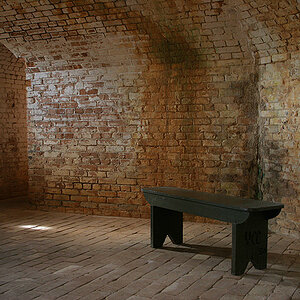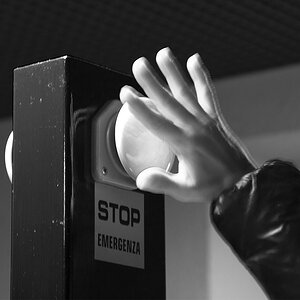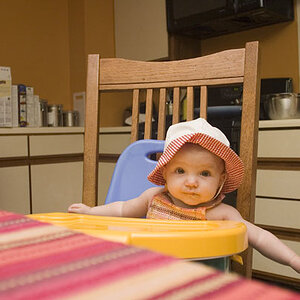allendehl
TPF Noob!
- Joined
- Dec 15, 2008
- Messages
- 38
- Reaction score
- 0
- Can others edit my Photos
- Photos OK to edit
Hi friends,
Another of my newbies questions,
I'm starting in this hobby and I'm using manual mode. (I think when you have to take care of everything is when you really learn and understand whats going on)
In manual mode, the flash wont go off by itself, so I need to know when to use it and when not to....and thats the question:
1)
If I'm shutting a closeup of a person at night, probably in my own medium-lighted home..should I use the flash?...How will this affect the exposure?. If I can't have settings for a correct exposure(I mean meter in position 0) due to the light/lens relationship and I'm forced to shut underexposure...is the flash the solution?
2)
For close-ups to objects, for instance a coin or an apple in top of a table, and looking for a short DOF to have a blur background...should I use a flash if I don't have enough light?..or am I forced to look for a better moment or lighting conditions to shut?
3)
For portrait photos at night, forced to underexposure due to lighting conditions, lens, etc..should I use flash?...will this improve the exposure?
Thanks a LOT
Another of my newbies questions,
I'm starting in this hobby and I'm using manual mode. (I think when you have to take care of everything is when you really learn and understand whats going on)
In manual mode, the flash wont go off by itself, so I need to know when to use it and when not to....and thats the question:
1)
If I'm shutting a closeup of a person at night, probably in my own medium-lighted home..should I use the flash?...How will this affect the exposure?. If I can't have settings for a correct exposure(I mean meter in position 0) due to the light/lens relationship and I'm forced to shut underexposure...is the flash the solution?
2)
For close-ups to objects, for instance a coin or an apple in top of a table, and looking for a short DOF to have a blur background...should I use a flash if I don't have enough light?..or am I forced to look for a better moment or lighting conditions to shut?
3)
For portrait photos at night, forced to underexposure due to lighting conditions, lens, etc..should I use flash?...will this improve the exposure?
Thanks a LOT


